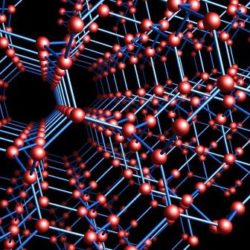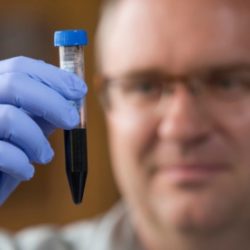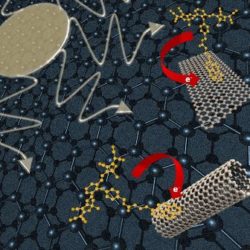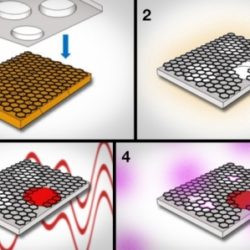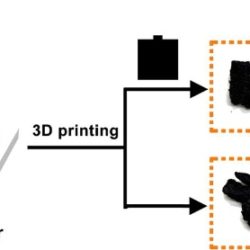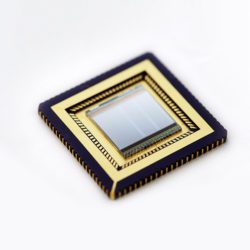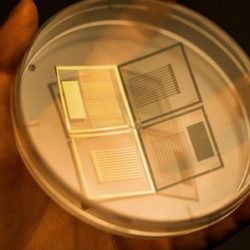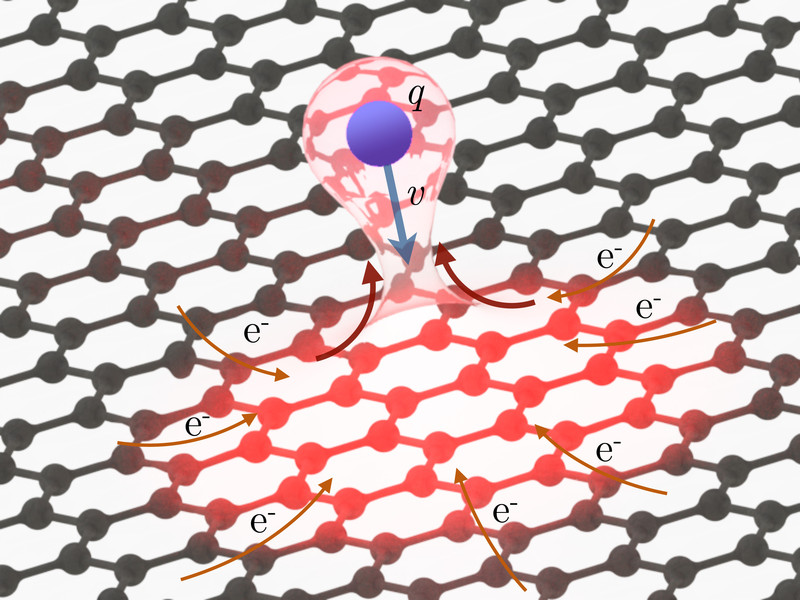A new way to check nanomaterial quality enters the ‘wild frontier’ industry
A new way to check the quality of nanomaterials like graphene has emerged from a team at the University of Sussex. Graphene and nanomaterials have been touted as wonder materials, and they are proving invaluable in all sorts of applications, such as in the automotive and aerospace industries, where heavy metals are replaced with lighter Read more about A new way to check nanomaterial quality enters the ‘wild frontier’ industry[…]
